Are You Practicing Self-euthanasia?

Self-euthanasia? That’s a conversation starter, wouldn’t you say?
I came across the term in a recent Fortune magazine article about mattresses. Well, actually, the article starts off talking about the severe sleep deficiency that exists in the developed world but morphs into a long commercial for luxury mattresses and new high-tech sleep aids.
Who knew that you can sleep on a hand-stitched mattress made with horsetail hair for which you can pay between $10,500 and $125,000? If you do, would you drop me an email and tell me about the experience (and put me in your will while you are at it?)
If you sleep on that mattress then you probably are also all over the $500 ergonomic headband, Dreem, that “works with electroencephalography sensors to monitor brain wave, heart rate and breathing during sleep” along with “bone-conduction technology to play sounds to help its users fall asleep.”
Honestly, speaking as a mere peasant, I feel sorry for you – with all this help, you probably have few waking hours in which to check in with your financial advisor.
Well, here’s support for your grand commitment to sleep. The all-knowing, all-seeing World Health Organization (WHO) found time in their cramped schedules to officially declare sleep deficiency a public health epidemic.
But self-euthanasia? Sleep scientist Matthew Walker at U. of California, Berkeley apparently believes it and coined the term in his book “Why We Sleep”, saying “Our lack of sleep is a slow form of self-euthanasia.”
 Apparently, according to the WHO, the majority of the world’s population regularly clocks six or fewer hours a night, thus putting our health in jeopardy. According to this collection of experts, lack of sleep increases the risk of obesity, cancer, diabetes, Alzheimer’s and other dementias.
Apparently, according to the WHO, the majority of the world’s population regularly clocks six or fewer hours a night, thus putting our health in jeopardy. According to this collection of experts, lack of sleep increases the risk of obesity, cancer, diabetes, Alzheimer’s and other dementias.
I like another description used in the article: “sleep has become an elusive luxury of our own making” by which we tag “busyness, long hours, and early rising as badges of honor.” Apparently, we’ve become an “underslept” and “underperforming” world population, and proud of it.
Well, alas, it’s all true and they are painfully accurate. We are killing ourselves early by not sleeping enough. Self- euthanasia seems an appropriate term.
But, there’s more.
I’d like to suggest that lack of sleep shouldn’t claim exclusive title to the phrase.
I can think of two other shortfalls that we could safely put in this category: diet and exercise. In fact, I lean toward these two as having greater self-euthanasia capabilities than lack of sleep.
Perhaps you missed my 5/26 blog where I shared these facts:
- Two-thirds of the American population is overweight; one-third of American men are obese.
- Type 2 diabetes, which is largely attributable to dietary habits and was virtually unheard of 40 years ago, has now reached epidemic proportions in the U.S. and is now showing up in children. According to our own American Medical Association, half of our American population is either diabetic or pre-diabetic and 70% don’t know it.
- The five major killer diseases in our country remain unchanged: heart disease, stroke, cancer, diabetes, and dementia – all highly attributable to what we put in our mouths.
So, we’re pretty good at self-euthanasia. We can put together a pretty good trifecta for killing ourselves early: poor sleep, Western diet, and immobility.
I think we can euthanize ourselves quicker by being 40 pounds overweight and watching 49 hours of TV a week (the average for the retired American male) while getting 8 hours of sleep than we will if we are thin, active and getting six hours of sleep.
But that’s just the opinion of a thin (175 and holding, down from 190 a year ago), active (six days a week, 45 minutes a day), plant-eating septuagenarian who sleeps about 6-6 ½ hours (20-year old non-horsetail hair mattress). I tend to make up the sleep shortfall with mini-naps throughout the day, especially when I’m stretching my brain trying to come up with something of value for this blog. (Note: 10-minute power nap between the opening and this paragraph).
So I’m beholden to Matthew Walker for giving me a new term to use in my arsenal of diatribes about living to our full potential by being the CEO of our own health. Our food industry, pharma industry, and healthcare system are doing little to prevent our self-euthanasia. It’s on us to make it happen.
Don’t fall asleep and miss the opportunity.
Subscribe to our weekly articles at www.makeagingwork.com and receive my free e-book “Achieving Your Full-life Potential: Five Easy Steps to Living Longer, Healthier and With More Purpose”.




 Laslett predicted, because of declining births and longer lives, an emerging life stage he called the “Third Age.” With it comes a much simpler and appropriate four-portal alignment which Freedman advocates:
Laslett predicted, because of declining births and longer lives, an emerging life stage he called the “Third Age.” With it comes a much simpler and appropriate four-portal alignment which Freedman advocates: Laslett’s “third age” represents a liberation of those of us in our (in Freedman’s words) “ – sixties, seventies and beyond from the psychic strain and misclassification and from the very real consequences of being assigned to ‘mass indolence.'”
Laslett’s “third age” represents a liberation of those of us in our (in Freedman’s words) “ – sixties, seventies and beyond from the psychic strain and misclassification and from the very real consequences of being assigned to ‘mass indolence.'” That stirring you feel might just be your third age trying to move from cocoon to butterfly. My encouragement to you is to listen, not hasten it, or cover it over with cultural constructs, comparison, and comfort-zone living and thus kill the butterfly.
That stirring you feel might just be your third age trying to move from cocoon to butterfly. My encouragement to you is to listen, not hasten it, or cover it over with cultural constructs, comparison, and comfort-zone living and thus kill the butterfly.
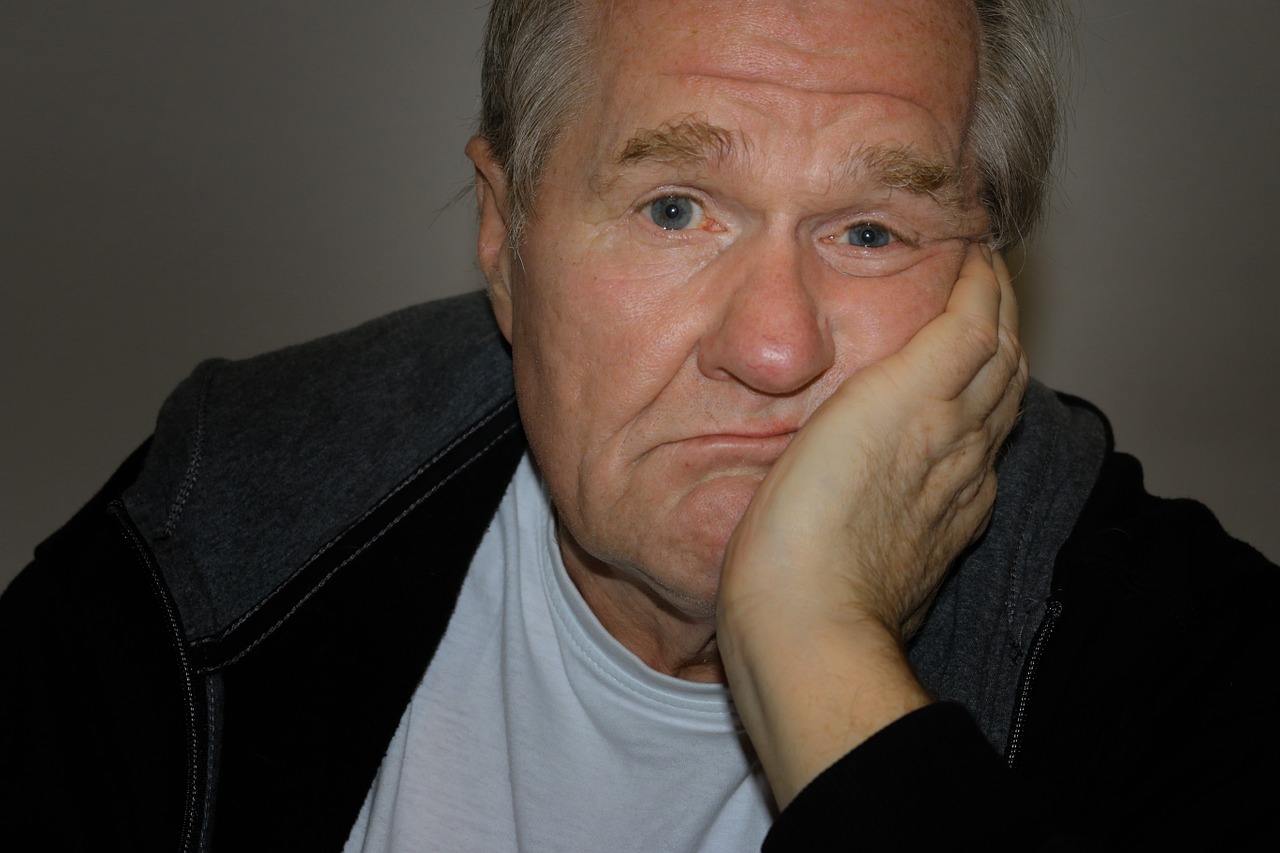
 For a long time, I didn’t much care for a lot of my story. Kinda modest, mottled and messy. Small town Wyoming upbringing, grandson of homesteaders, a late bloomer in nearly every phase of the first half (50 years or so). No notable titles, trophies or tributes. Pretty much a top-of-the-bell-curve sort of story.
For a long time, I didn’t much care for a lot of my story. Kinda modest, mottled and messy. Small town Wyoming upbringing, grandson of homesteaders, a late bloomer in nearly every phase of the first half (50 years or so). No notable titles, trophies or tributes. Pretty much a top-of-the-bell-curve sort of story.
 Or perhaps, lazy is a better word.
Or perhaps, lazy is a better word.




 Pollan refers to the research that the industry does to determine and then feed our “craveabilty”. We know it centers around clever manipulation of sugar, salt and fat. Once we are hooked on that deadly combination, so cleverly baked (pun, yes) into processed foods, it’s hard to break away.
Pollan refers to the research that the industry does to determine and then feed our “craveabilty”. We know it centers around clever manipulation of sugar, salt and fat. Once we are hooked on that deadly combination, so cleverly baked (pun, yes) into processed foods, it’s hard to break away.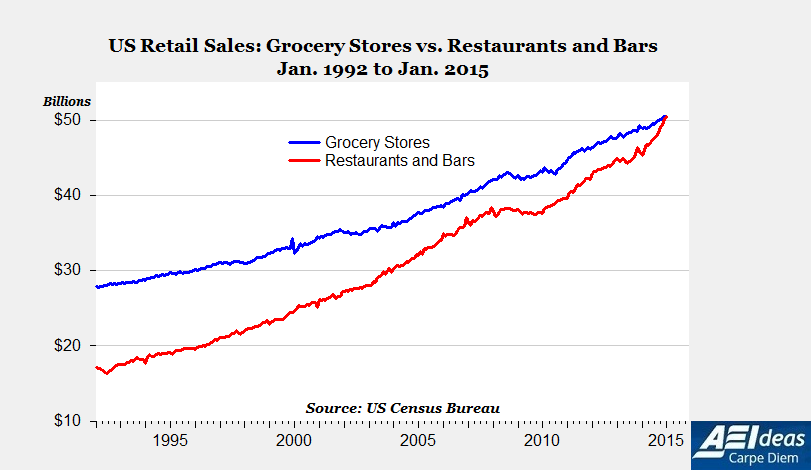
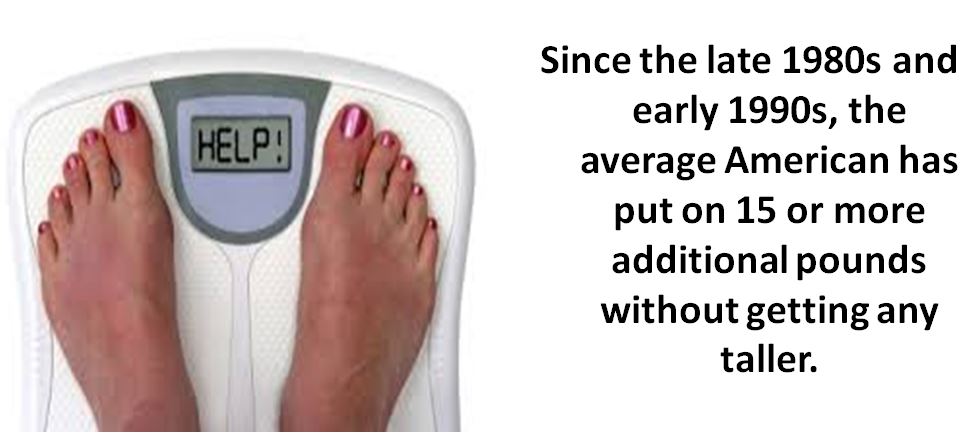
 But, don’t do what I did – please! Don’t wait for some health scare before you educate yourself and adopt better eating and other health habits. Begin now to exercise “self-efficacy” and take control of your health and become knowledgeable how your body works and what it takes to make it work optimally. And, if possible, get on the same page with your spouse or partner on what is good for you. If that won’t work, take charge and become your own gatekeeper.
But, don’t do what I did – please! Don’t wait for some health scare before you educate yourself and adopt better eating and other health habits. Begin now to exercise “self-efficacy” and take control of your health and become knowledgeable how your body works and what it takes to make it work optimally. And, if possible, get on the same page with your spouse or partner on what is good for you. If that won’t work, take charge and become your own gatekeeper.
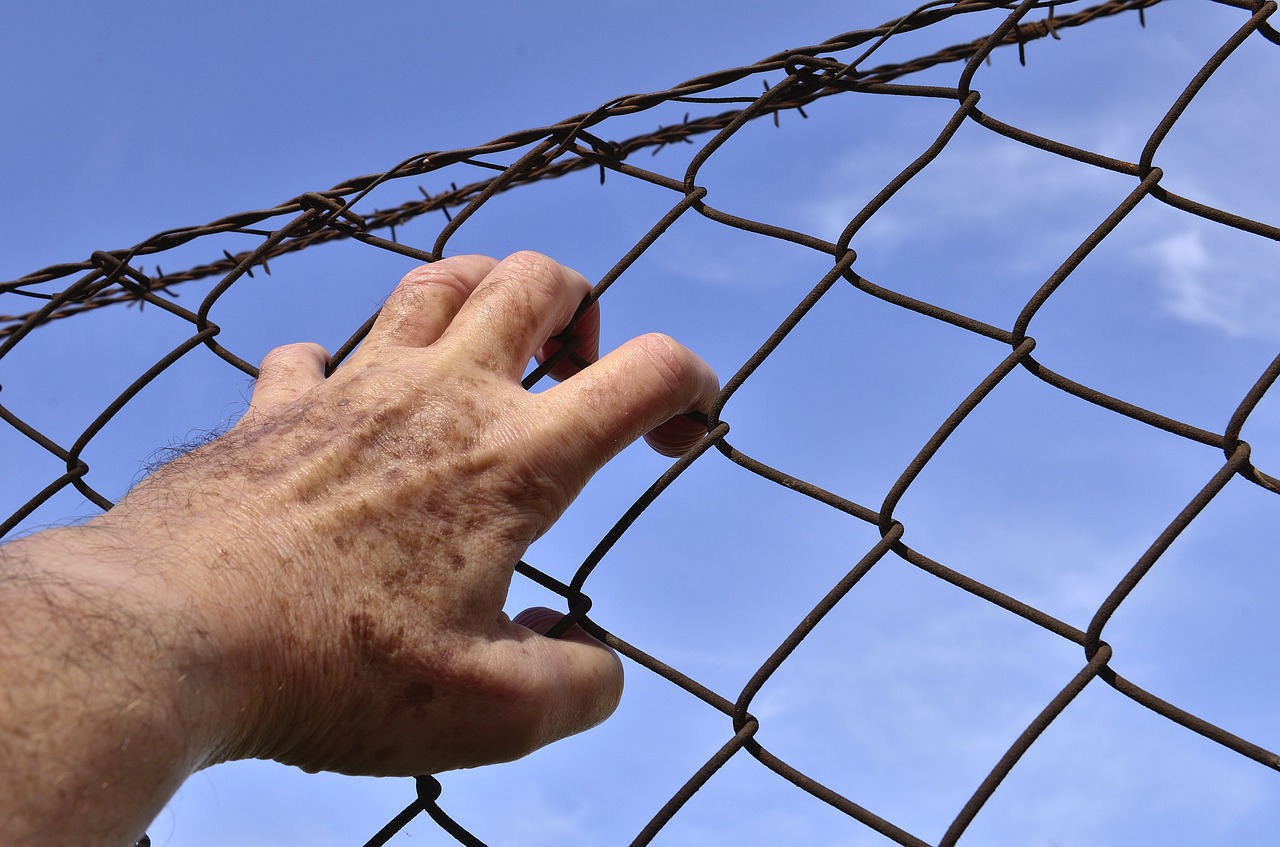
 It’s a tough journey, this self-discovery trip.
It’s a tough journey, this self-discovery trip.


 So, as I write, I’m a confessing “bad-ass, obnoxious, sarcastic, audacious-ager” intent on sliding home at 100 or later like Pete Rose slid into second! My ”fearful and wonderful life within” means I have a voice and the messy story that has been my life is my message, warts and all.
So, as I write, I’m a confessing “bad-ass, obnoxious, sarcastic, audacious-ager” intent on sliding home at 100 or later like Pete Rose slid into second! My ”fearful and wonderful life within” means I have a voice and the messy story that has been my life is my message, warts and all.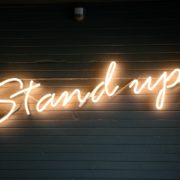
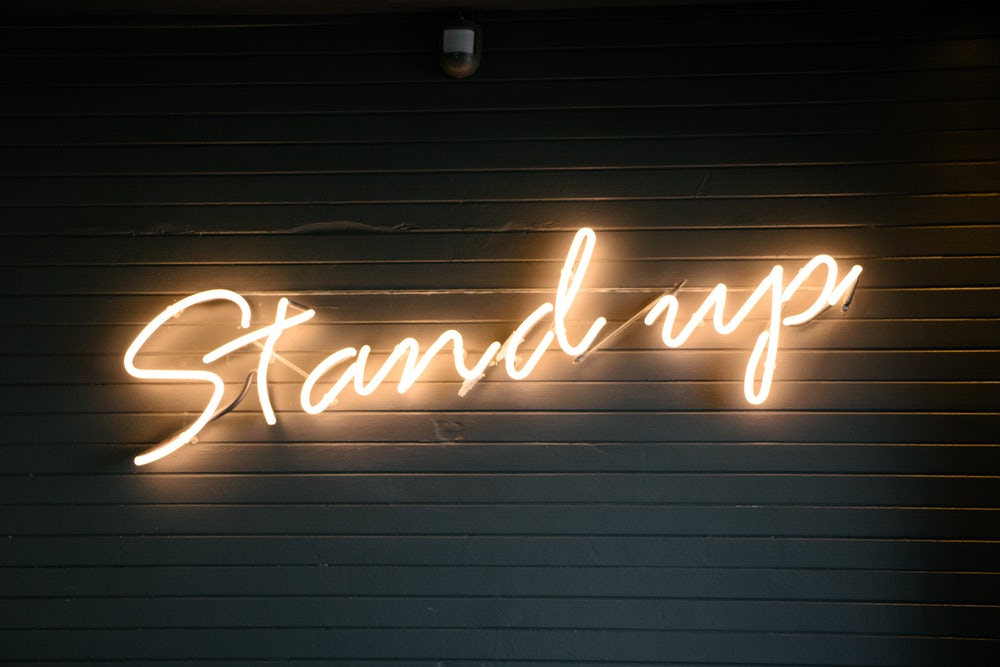
 Words count.
Words count. 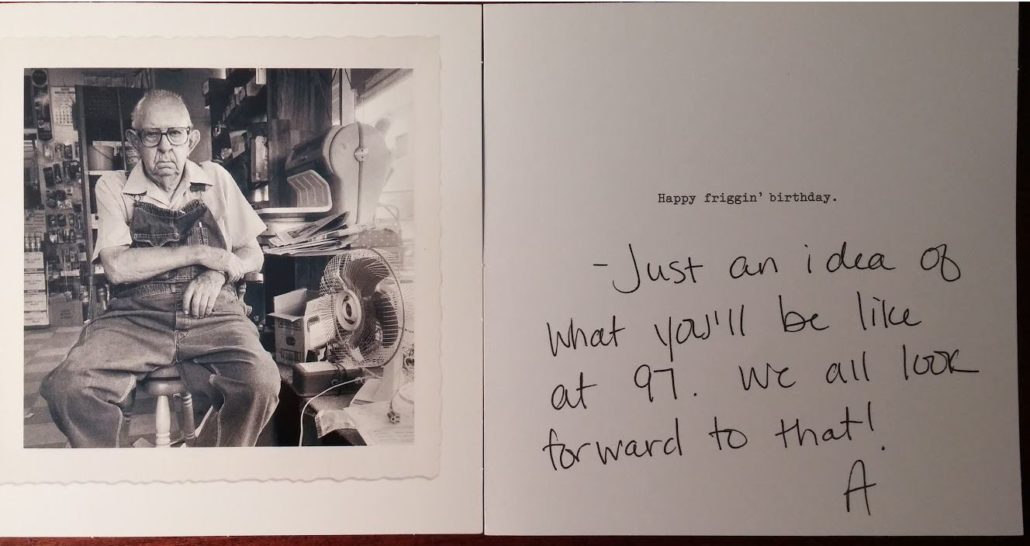





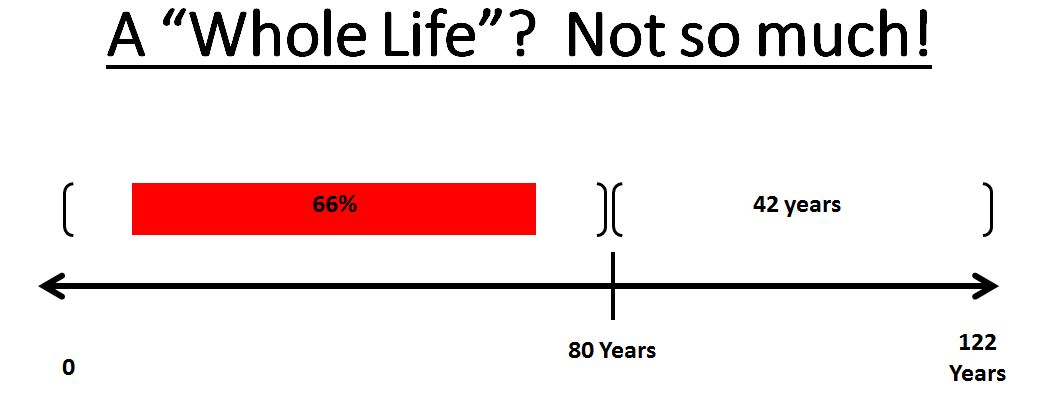


 Look’s point with the article has to do with the importance of, in his words, “pushing the boundaries and seeking new horizons to achieve a fulfilling retirement.” In addition to the Himalayas and eating a beating cobra’s heart, his activities have included things such as swimming with whale sharks, running the London marathon, rescuing street dogs from the meat trade in Thailand and living for a time on the Mekong River in Laos.
Look’s point with the article has to do with the importance of, in his words, “pushing the boundaries and seeking new horizons to achieve a fulfilling retirement.” In addition to the Himalayas and eating a beating cobra’s heart, his activities have included things such as swimming with whale sharks, running the London marathon, rescuing street dogs from the meat trade in Thailand and living for a time on the Mekong River in Laos.
